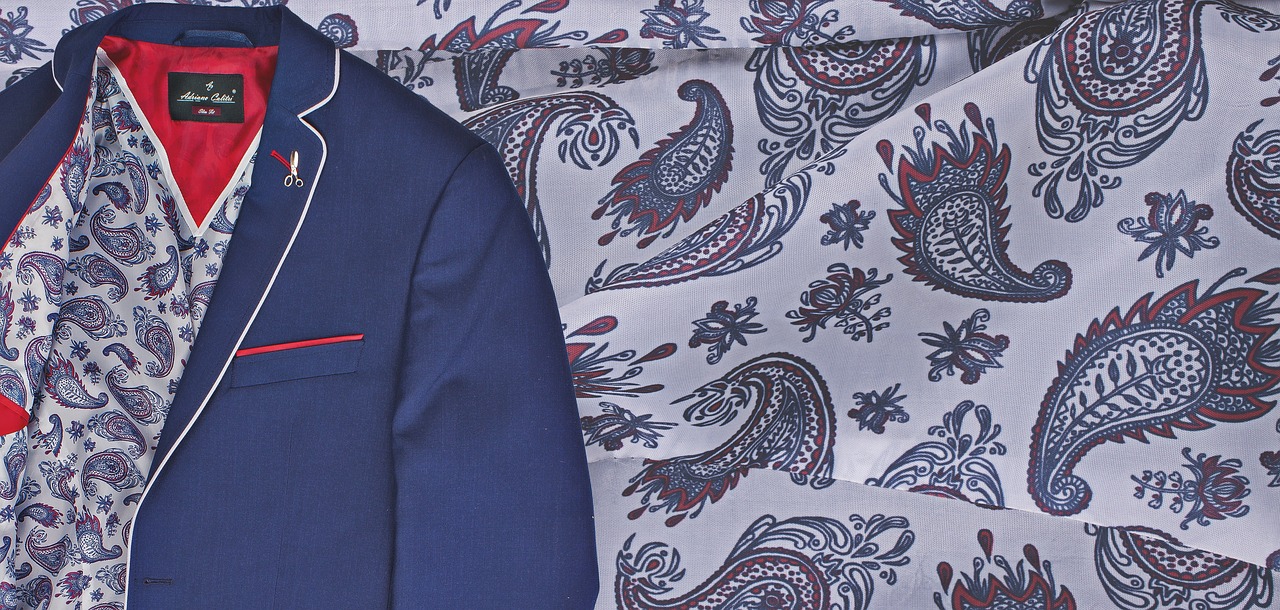Exploring the Role of AI in Customized Fashion Design: Tigerexchange247, Golden 77, Sky99exch
tigerexchange247, golden 77, sky99exch: Exploring the Role of AI in Customized Fashion Design
In today’s fast-paced world, technology plays a crucial role in revolutionizing various industries. One such industry that has seen a significant impact of technological advancements is the fashion industry. With the rise of artificial intelligence (AI), designers and brands are now able to offer customized fashion designs to their customers like never before. AI algorithms are being used to analyze data, predict trends, and even create unique designs tailored to individual preferences. Let’s dive deeper into the role of AI in customized fashion design.
Understanding AI in Fashion Design
AI has the potential to transform the traditional fashion design process by streamlining workflows, reducing design time, and improving overall efficiency. By leveraging AI algorithms, designers can analyze vast amounts of data – including customer preferences, fashion trends, and historical sales data – to create personalized designs that resonate with their target audience.
AI-powered tools can also help designers generate design variations, experiment with color palettes, and explore new textures and materials. This level of creativity and innovation would be difficult to achieve manually, making AI an invaluable asset in the fashion design process.
The Role of AI in Personalization
Personalization is a key trend in the fashion industry, with consumers seeking unique and tailored experiences. AI plays a crucial role in enabling personalized fashion designs by analyzing customer data, such as browsing history, past purchases, and social media interactions. By understanding individual preferences and style choices, brands can create customized designs that cater to the specific needs of each customer.
AI algorithms can also help designers recommend products, suggest styling options, and even predict future trends based on customer behavior patterns. This level of personalization not only enhances the customer experience but also drives customer loyalty and brand engagement.
AI-Powered Virtual Try-On Experiences
Virtual try-on experiences have become increasingly popular in the fashion industry, allowing customers to visualize how a garment will look on them before making a purchase. AI-powered virtual try-on tools use computer vision technology to create accurate 3D models of the body, enabling customers to see how a garment fits and moves in real-time.
By leveraging AI algorithms, brands can offer personalized virtual try-on experiences that take into account the customer’s body shape, size, and style preferences. This level of customization enhances the online shopping experience, reduces returns, and increases customer satisfaction.
AI-Driven Design Recommendations
AI algorithms can also help designers make informed design decisions by analyzing market trends, consumer preferences, and competitor offerings. By leveraging AI-driven design recommendations, designers can create innovative and trend-setting designs that resonate with their target audience.
AI-powered design recommendations can also help brands optimize their product assortment, improve inventory management, and enhance overall sales performance. By leveraging AI in the design process, brands can stay ahead of the competition and meet the evolving needs of their customers.
The Future of AI in Fashion Design
As AI continues to evolve and become more sophisticated, its role in fashion design will only continue to grow. From personalized design recommendations to virtual try-on experiences, AI has the potential to revolutionize the way designers create and consumers shop for fashion.
By leveraging AI algorithms, designers can create unique and personalized designs that cater to the individual preferences of their customers. AI-powered tools can also help brands optimize their product assortment, improve inventory management, and enhance overall sales performance.
FAQs
Q: How does AI help designers create customized fashion designs?
A: AI algorithms analyze customer data, predict trends, and generate unique designs tailored to individual preferences.
Q: What is the role of AI in personalization in the fashion industry?
A: AI enables brands to offer personalized fashion designs by analyzing customer data, recommending products, and predicting future trends.
Q: How can AI-powered virtual try-on experiences enhance the online shopping experience?
A: AI-powered virtual try-on tools use computer vision technology to create accurate 3D models of the body, allowing customers to see how a garment fits and moves in real-time.
Q: What is the future of AI in fashion design?
A: As AI continues to evolve, its role in fashion design will grow, with more personalized design recommendations and virtual try-on experiences becoming mainstream.
In conclusion, AI is playing an increasingly important role in customized fashion design, enabling designers to create personalized designs, offer virtual try-on experiences, and make informed design decisions. As the fashion industry continues to embrace AI technology, the future of fashion design looks bright and full of innovation.






